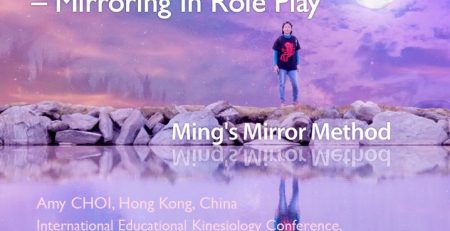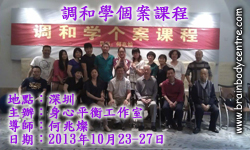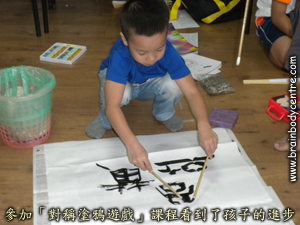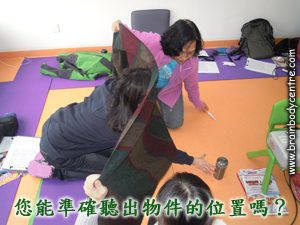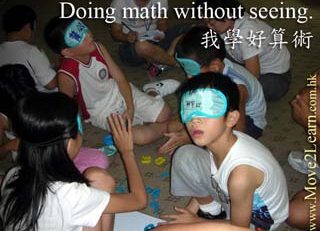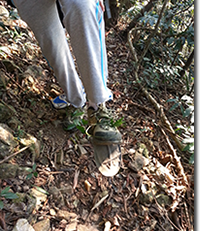What Is Seemingly Slow Is Actually Fast
By Conrad Ho, Lhasa, China, May 23, 2017
Many people say that Kinesiology balances under the educational model yield slow results. Just like stewed foods that need simmering, you must wait for the goodies.
Conrad Ho believes that this comment is both right and wrong, depending on what perspective you are taking on. On the basis purely on the time between the action and the measurable effects, this may be (Only maybe! There are exceptions!) slow, due to the fact that learning sometimes needs time to be soaked up. However, when the time is ripe, learning just happens in a split second, as fast as electricity flows through a new neurological pathway.
When one is teaching his kid to do something, he must make a decision, on how the teaching is done. He may do it in the way of education, with the final goal that the kid will eventually be able to complete the task independently and that with repeated practice, the relevant skill can be perfected. OR he may do it in the way of task completion, with the final goal that the kid will somehow produce a certain expected result, even though he has “passively” done it amongst extended help, so that his skill has improved only minimally, if at all, in the short run and even deteriorated in the extreme case in the long run.
If parents choose the task completion way of teaching their kids and do not quite care about whether the result is passively accomplished without the kid’s independent efforts, this “fast” result is actually slow (in terms of the kid’s personal development). If parents choose the educational way of teaching their kids, allowing time for the kid to experience and experiment to eventually “get it”, the overall process may be long (not slow!). But the “aha!” moment itself is fast, with the kid being able to do it independently afterwards. This “slow” result is actually fast (in terms of the time needed for skill mastery).


